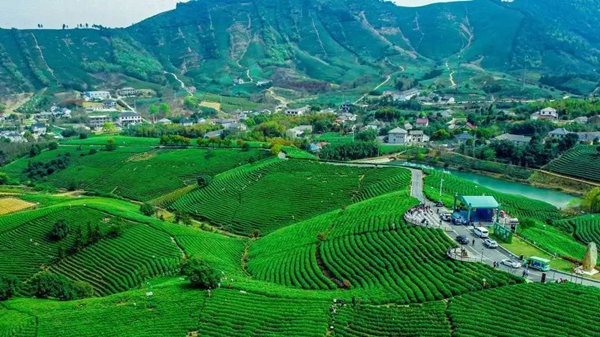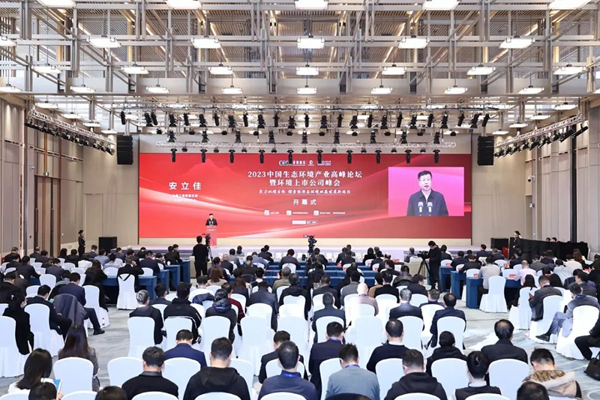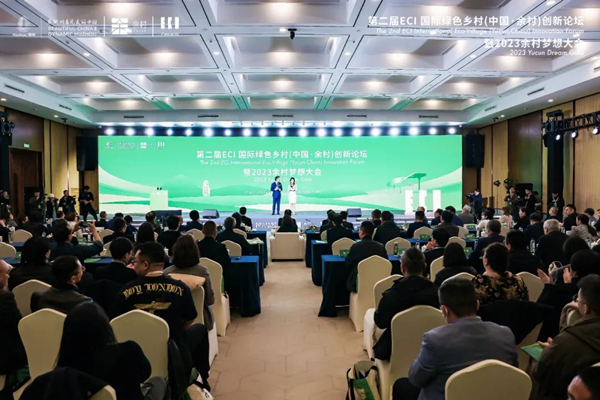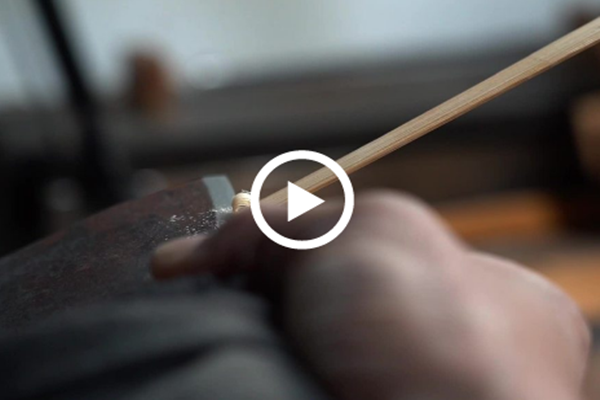2 Huzhou tea processing techniques earn intl recognition

A tea garden in Anji county, Huzhou, East China's Zhejiang province. [Photo/WeChat account: huzhoufabu]
Traditional tea processing techniques and their associated social practices in China were recently inscribed on UNESCO's Representative List of the Intangible Cultural Heritage of Humanity.
The status was conferred by the Intergovernmental Committee for the Safeguarding of Intangible Cultural Heritage at its 17th regular session in Rabat, Morocco, on Nov 29.
This is the 43rd entry from China on the Representative List of the Intangible Cultural Heritage of Humanity. China has the most items on the list.
The entry consists of 44 traditional tea processing techniques and associated social practices. Two of them – the processing techniques of Zisun tea and Anji white tea - are from Huzhou, East China's Zhejiang province.
Zisun tea is primarily grown on Guzhu Mountain in Huzhou's Changxing county and was a used as a tribute to the emperor during the Tang Dynasty (618-907), which lasted for more than 600 years. It was hailed as the best tea by Lu Yu in The Classic of Tea, which is said to be the world's first monograph on tea culture.
Anji white tea is a green tea produced in Xilong town, Anji county. The long, narrow leaves are yellow and have a recognizable fold along the length of the leaf. In May 2011, the techniques used to make Anji white tea were listed as a national intangible cultural heritage item.





